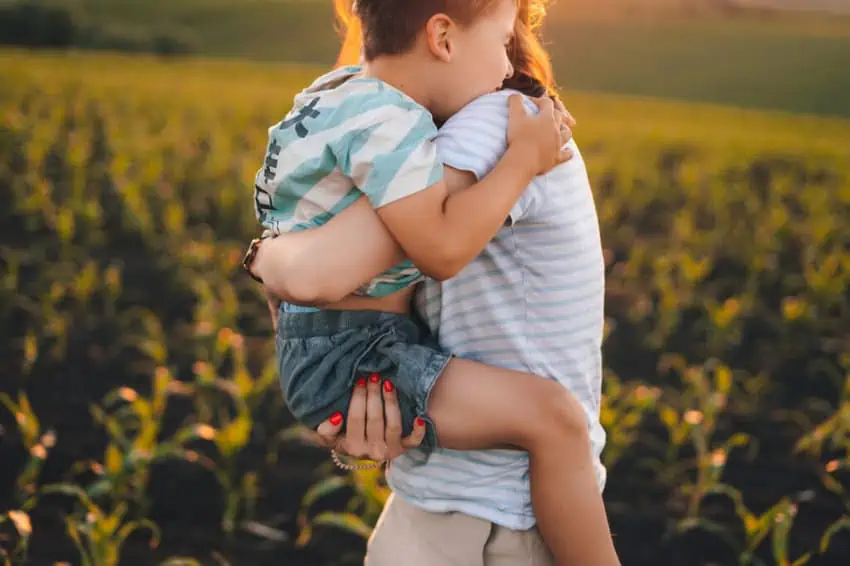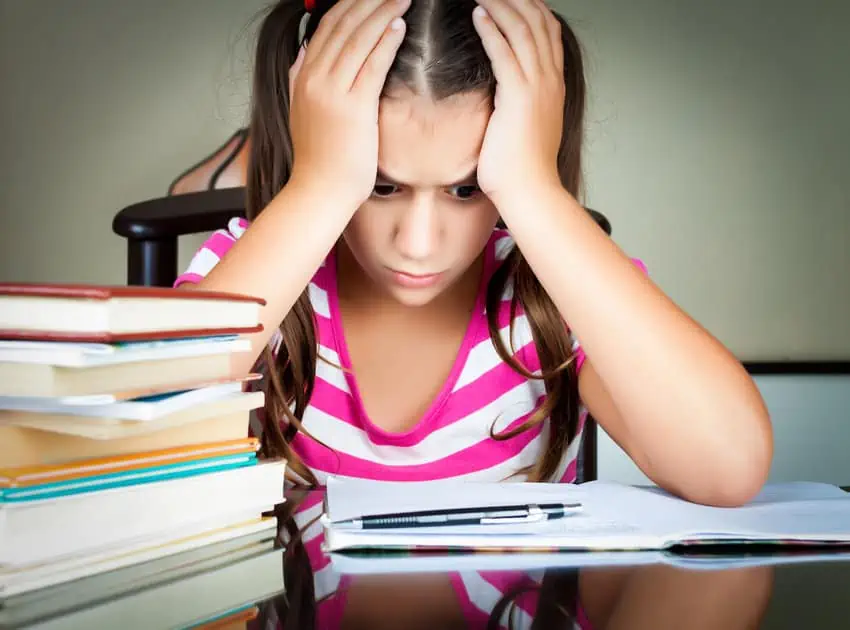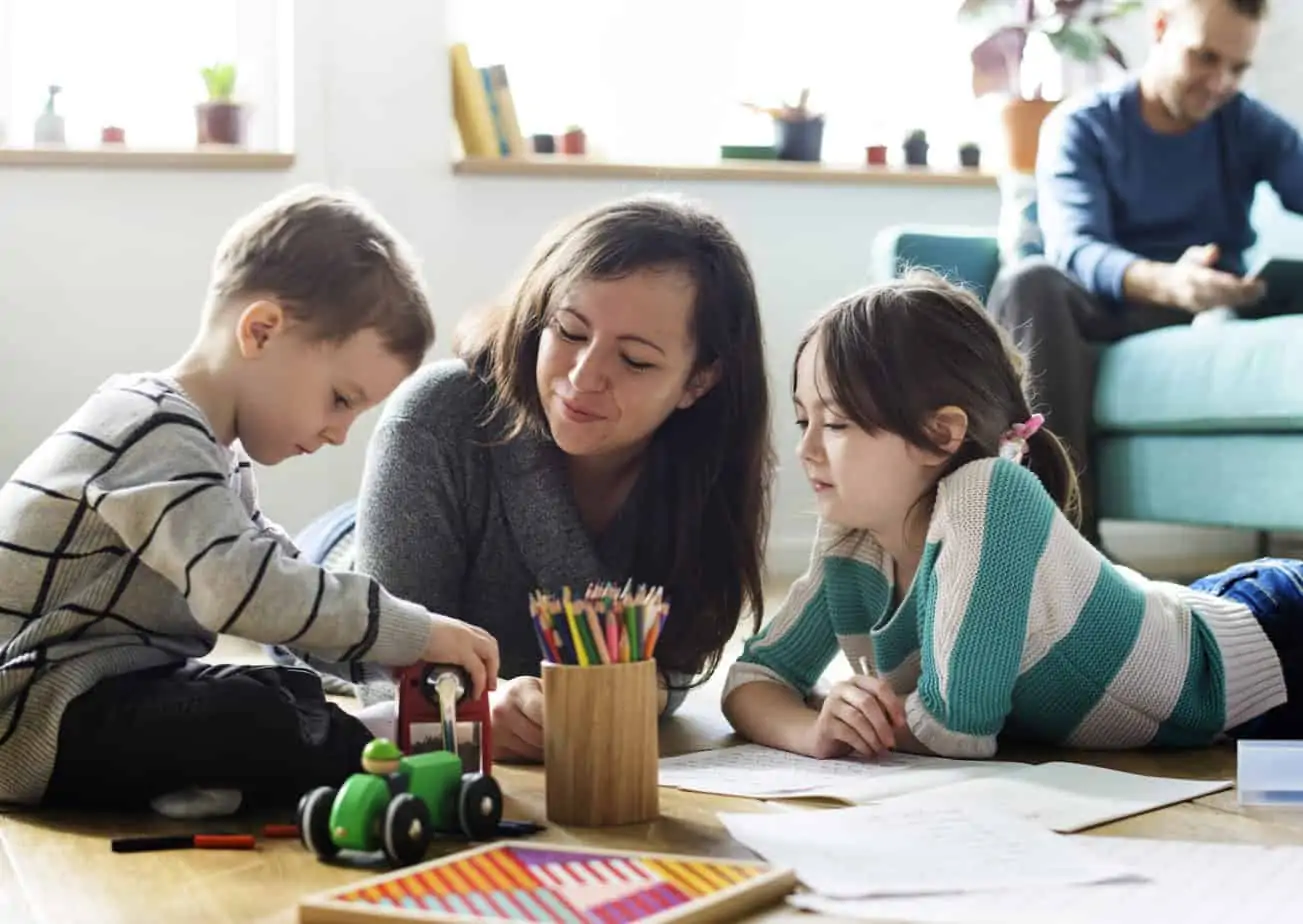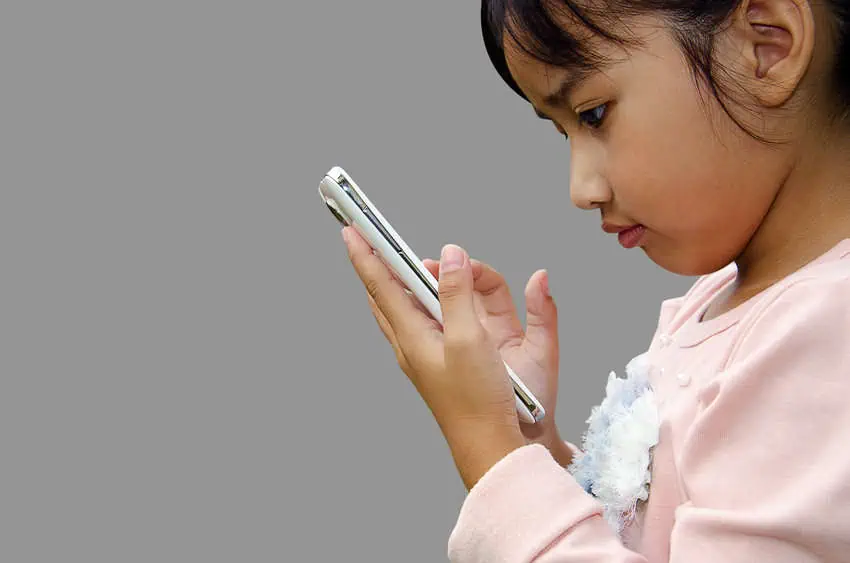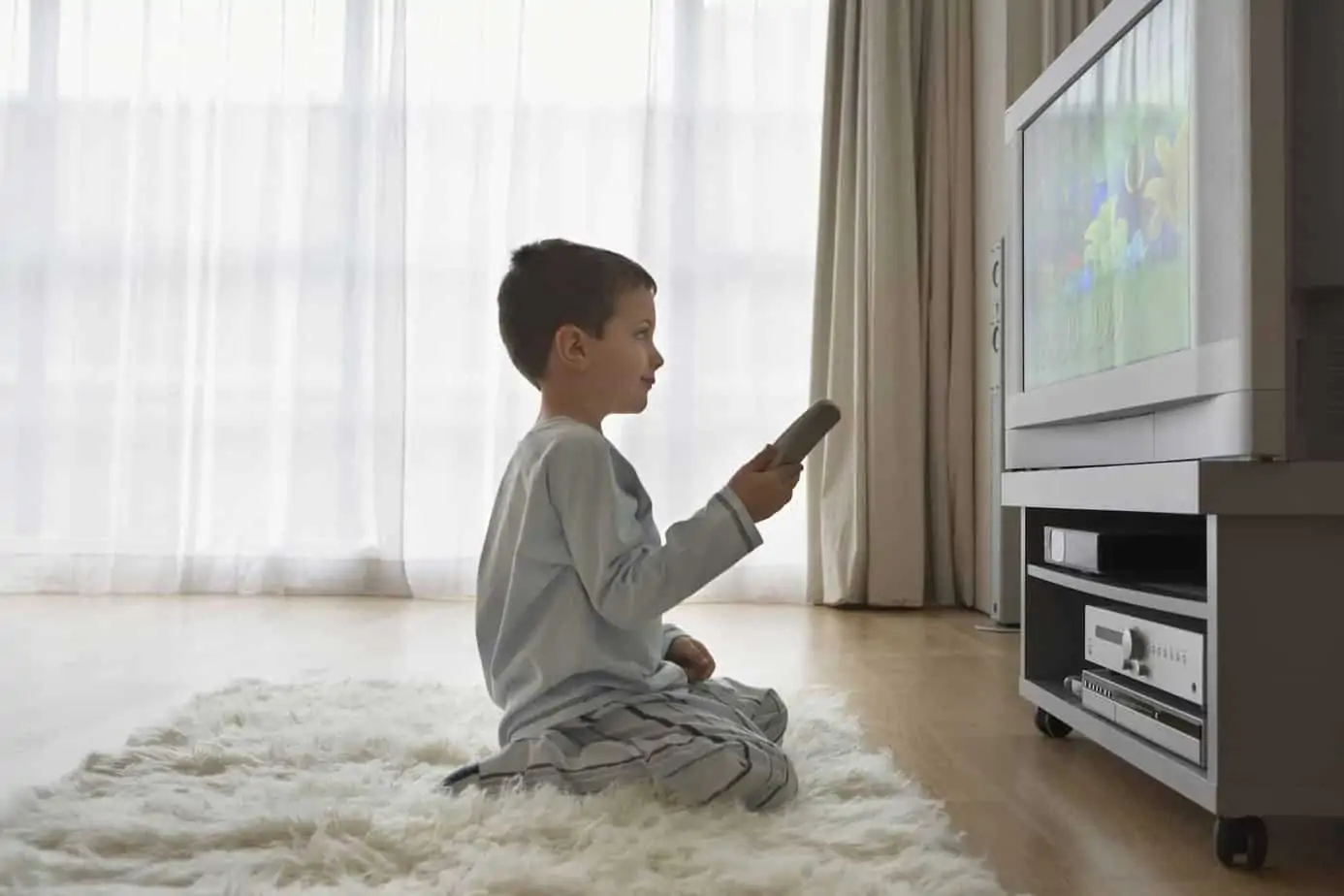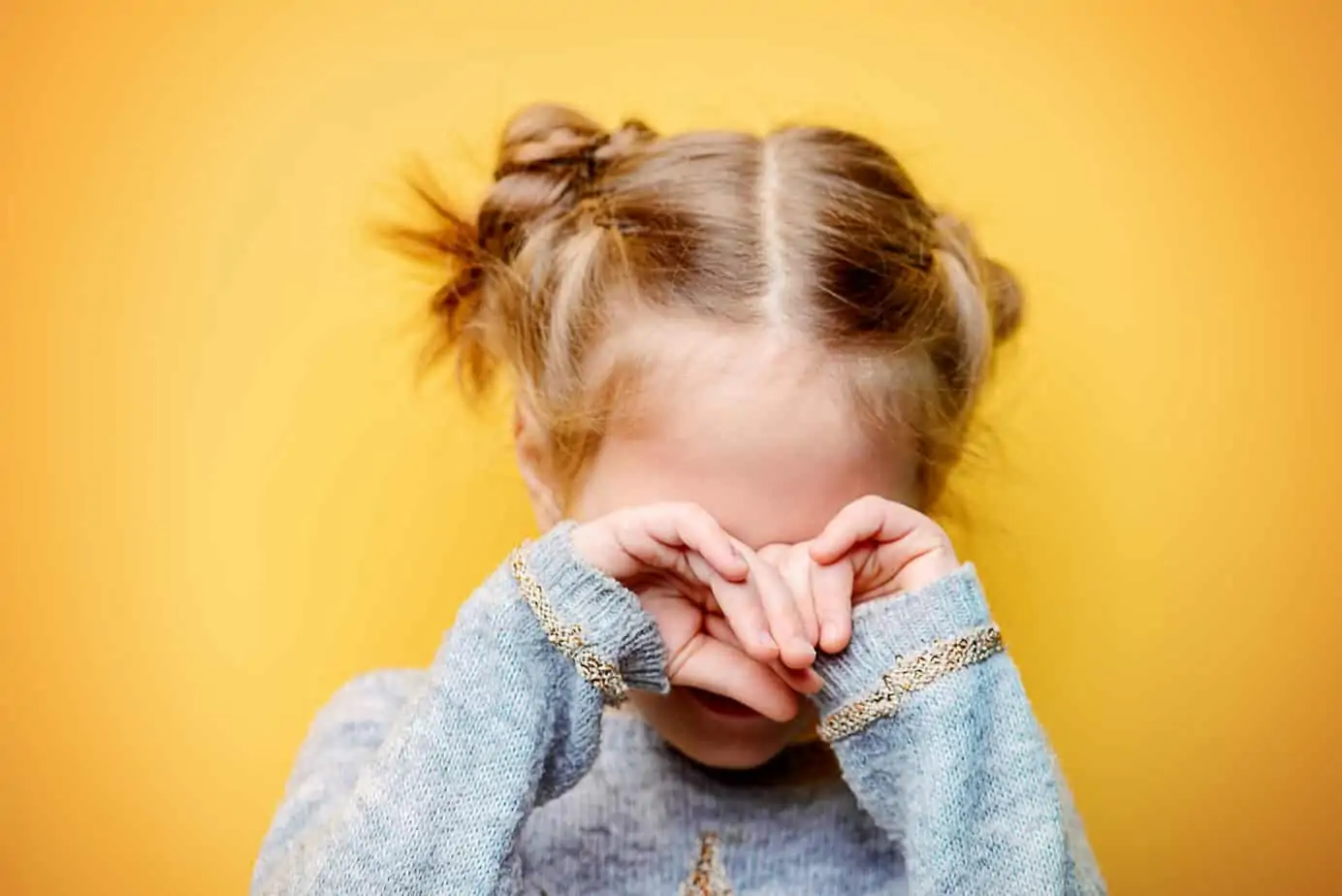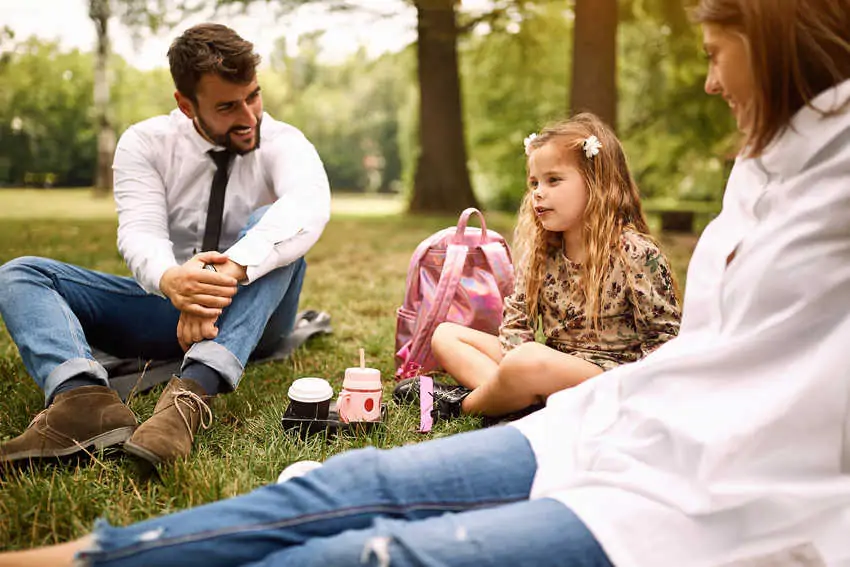
Deciphering Kids’ Worries: What’s Normal Vs. Red Flags
In these days and age, we’re navigating a world where the digital and real converge more seamlessly than ever before. This fusion presents unique challenges for our children, making it essential for us to discern between their ordinary concerns and what might signal deeper mental health issues.
Understanding the landscape of children’s mental health, including anxiety, depression, ADHD, and conduct disorders, becomes vital. Equally important is recognizing the significance of early intervention and the roles therapy, medication, and parental support play in managing these concerns.
As we explore this terrain, our awareness of the developmental stages and potential mental health disorders in children deepens, empowering us to offer the necessary support.
Key Takeaways:
- Mental health wellness is pivotal in differentiating normal anxieties from signs of deeper issues in kids.
- Early intervention and familiarizing oneself with mental health disorders in children can profoundly impact their well-being.
- Parental support, understanding, and involvement play crucial roles in navigating a child’s mental health journey.
Understanding Mental Health in Children
Mental health in children encompasses their psychological and emotional well-being, guiding how they think, feel, and behave. Unlike adults, young ones express worries differently due to their unique developmental stages.
While some apprehensions are typical and reflect normal childhood growth, others signal deeper issues.
Anxiety, depression, ADHD, and conduct disorders are prevalent among youths, manifesting through changes in emotional expression or behavioral patterns. Parents should be vigilant in detecting symptoms that deviate from a child’s baseline so changes to benefit them can be made quickly.
Sometimes a change of food, routine, environment can cause big shifts, and sometimes early intervention can dramatically alter the course, underscoring the importance of recognizing and addressing mental health wellness in our youngest population.
Navigating Childhood Development
Understanding the developmental stages of children illuminates how they express concerns and fears.
- Infants, viewed through the lens of rapid growth, primarily experience anxiety around strangers and separation. This evolutionarily driven response safeguards them, ensuring closeness to their caregivers.
- Toddlers, navigating the world with newfound mobility, often display fear of loud noises or sudden changes. Their confrontation with the vast and unpredictable ignites these reactions.
- As children enter preschool age, their cognitive abilities burgeon, allowing imagination to enrich but also complicate their understanding of reality. This period introduces fears of the dark or imaginary creatures, reflecting their struggle to differentiate real from imagined threats.
- School-aged children, now embedded within a social and academic framework, may show anxiety related to performance, social acceptance, and bodily harm. Each stage presents unique challenges, requiring keen observation from caregivers.
Recognizing these normal developmental fears is crucial for distinguishing them from red flags that might signal deeper mental health concerns.
What are Normal Worries by Age Group
- Toddlers often manifest anxiety over separation. They struggle with understanding the digital landscape, which is ever-present in their lives.
- Preschoolers, on the other hand, grapple with fears stemming from virtual interactions and real-world events, such as environmental changes.
- For school-aged children, concerns escalate. They face pressure from evolving educational standards and the complexities of social relationships.
- Adolescents confront the most challenging worries. Their fears center around identity formation and the expectations set by digital media exposure.
It is vital to discern these normal anxieties from mental health red flags. Symptoms like prolonged behavioral changes or extreme emotional expression may require attention. Early intervention can mitigate the impact of anxiety, depression, ADHD, and conduct disorders in children, fostering mental health wellness.
Toddlers
Toddlers navigate a world where digital landscapes interweave with their physical realities. They might show anxiety towards unfamiliar faces or situations, a normal phase of their developmental stages.
These young minds often experience separation anxiety, fretting when parents or caregivers are not in sight. However, the prevalence of screens introduces unique concerns.
Toddlers could exhibit distress over disruptions in accessing their favorite digital content or anxiety when technology devices are not functioning. While occasional clinginess or tantrums over screen time cessation is expected, persistent agitation or withdrawal in the absence of digital stimulus warrants attention.
This shift in behavior could signal deeper issues relating to mental health wellness. Parents must balance empathy with firm boundaries around technology use, ensuring that their toddlers’ interactions with digital devices foster positive growth rather than contributing to conduct disorders or exacerbating anxiety and depression.
Vigilance in these early years lays a foundation for healthier coping mechanisms as they mature.
Preschoolers
At the preschool stage, fears often reflect the blend of real-world and digital influences that characterize life in these times.
Anxiety and concerns at this age can be sparked by the abundant digital content they consume, alongside classical childhood fears.
Parents have noticed an uptick in worries about fictional characters, perhaps from a new viral virtual reality game or a scary scene in an animated show designed for older audiences. This exposure demands vigilant parental support to mitigate undue stress.
Additionally, social anxieties begin to manifest as preschoolers navigate friendships, sharing, and cooperation in settings that may now include both face-to-face and digital interactions.
Frequent check-ins become essential for detecting symptoms of stress and providing the necessary comfort or intervention. Despite these novel challenges, most fears at this stage are developmentally normal and can be addressed with reassurance, a good toddler routine, and balanced exposure to technology.
School-Age Children
School-aged children face unique challenges. Their world blends digital realities with traditional learning environments.
This fusion often triggers anxiety related to keeping up academically and navigating social dynamics online and in person. Mental health wellness becomes a priority as these young minds grapple with balancing screen time with real-world interactions. Detecting symptoms of stress early can aid in fostering resilience.
For many, concerns revolve around peer acceptance and academic performance. The pressure to excel in both arenas can lead to manifestations of ADHD or anxiety. Parents and educators must watch for behavioral changes and emotional expression that signal distress. Early intervention is critical.
Therapy for kids underpin a supportive approach to mental health treatment. Beyond this, parental support in the form of active listening and encouragement plays an indispensable role in navigating these developmental stages.
Encouraging open dialogue about their fears helps these children feel understood. It equips them with coping strategies for the pressures of this rapidly evolving world.
Adolescents
Adolescents face a unique set of concerns, deeply intertwined with the digital age. The omnipresence of social media has amplified anxiety, depression, and conduct disorders among teenagers.
This connectivity, while offering unparalleled access to information, also exposes them to cyberbullying and unrealistic societal expectations. The pressure to maintain a certain online persona can be overwhelming, leading to behavioral changes that signal deeper mental health wellness issues.
Early intervention becomes crucial in these cases. Parents should watch for symptoms of mental illness that deviate from typical teenage angst. These might include a drastic change in emotional expression or a withdrawal from social interactions, both in the digital and real world.
Red Flags to Watch For in Behavior & Reactions
In assessing children’s mental health, discerning between fleeting worries and persistent red flags is crucial. Symptoms requiring attention often manifest uniquely, influenced by developmental stages and the child’s ability to articulate feelings.
Anxiety and depression might show up as an unwavering sense of worry or sadness that lingers well beyond specific events.
ADHD signs, including difficulty focusing and hyperactivity, disrupt day-to-day functioning.
Conduct disorders may reveal themselves through consistent patterns of aggression or defiance toward authority.
Crucial to our vigilance is understanding these signals within the context of each child’s life. Emotional expression, behavioral changes, and shifts in mental wellness could signify underlying issues. As parents, acknowledging our pivotal role in our child’s mental health journey in conjunction with health professionals, enables us to provide the necessary support.
Detecting Symptoms Early
As a parent, staying vigilant about your child’s mental health necessitates a keen eye for the subtleties in their behavior and emotional expression.
Kids often mask their anxieties and depression through changes in behavior that might seem unrelated at first glance. Detecting symptoms early could lead the way to early intervention, significantly influencing your child’s overall mental health wellness.
Observing developmental stages closely aids in distinguishing between a phase and a potential mental health disorder.
- For toddlers, increased irritability or drastic changes in eating and sleeping patterns.
- School-aged children might exhibit an unexplained drop in academic performance or avoidance of social interactions.
- Adolescents, navigating a complex digital landscape may display withdrawal from family or excessive engagement with virtual platforms as red flags.
Additionally, mental illness symptoms often emerge subtly. Hence, maintaining open lines of communication with your children about their feelings and experiences paves the way for them to approach you when they’re struggling.
Parental Role in Mental Health
We often underestimate the profound impact we have on our children’s mental health. As parents, our support forms the foundation on which kids navigate their feelings and behaviors. Embracing this role means recognizing the signs of anxiety, depression, ADHD, and conduct disorders among our young ones.
It’s our responsibility to interpret the emotional expression and behavioral changes in our children. We must stay vigilant, noting symptoms that stray from developmentally appropriate worries. Detecting these symptoms early can be pivotal.
But our involvement doesn’t end with detection and seeking help. Participating actively in our child’s mental health treatment becomes our indispensable role.
It means making changes at home, with routines, being cognizant of the types of foods, ingredients, food dyes and preservatives in commonly consumed food, removing or modifying electronics and screen use environment, working hand in hand with therapists and the school, and fostering an environment that values mental health whole child wellness.
This level of parental support not only aids in navigating the challenges of mental illness but also promotes a broader sense of well-being throughout the family unit. By staying informed and engaged, we enable our children to thrive in the face of mental health challenges, ready to confront whatever the year may bring.
Caring for the Family Unit
Managing our own well-being as parents is pivotal when we navigate the intricate web of our child’s mental health concerns. We often focus intensely on their needs, symptoms of mental illness, and obtaining the proper diagnosis and treatment, neglecting our own mental wellness in the process.
This oversight can inadvertently affect the entire family’s dynamics. So, here are some strategies that might help.
- Allocate Time for Self-Care: Self-care shouldn’t be a luxury. Whether it’s reading, exercising, or meditating, finding what rejuvenates you is crucial. Remember, you can’t pour from an empty cup.
- Maintain Open Communication: Having honest conversations within the family about feelings and concerns promotes a supportive environment. It’s fundamental in assuring no one feels alone in their struggles.
- Seek Professional Help for Yourself: Therapy isn’t just for kids struggling with anxiety, depression, or ADHD. Sometimes, parents need a space to process their feelings about their child’s mental health and learn coping mechanisms.
- Build a Support Network: Connecting with other parents facing similar challenges can offer invaluable support and advice. Sharing experiences helps lessen the burden and provides different perspectives on handling various situations.
Ultimately, balancing the welfare of our children and our own well-being requires conscious effort, resilience, and patience. As we adapt to the evolving mental health landscape, recognizing the importance of caring for the family unit as a whole remains integral.
Looking Forward with Hope
In navigating the complexities of this time, I’ve learned that fostering hope and resilience within our families is not just beneficial; it’s imperative.
Mental wellness, a cornerstone for a fulfilling life, has garnered the focus it rightly deserves. The journey toward understanding children’s mental health, from deciphering the common worries of different developmental stages to recognizing red flags, has been an enlightening one for me.
This journey, embarked upon with caution and hope, reminds us that while childhood growth involves a tapestry of experiences, awareness remains our best tool.
Our capacity to discern between normal emotional expression and potential mental health conditions symbolizes a shift towards informed, proactive parenting. We are setting a precedent for open communication, where fears are shared, emotions are communicated, not silenced, and help is sought, not shunned.
By focusing on mental health wellness, we equip our children with the strength to face tomorrow’s uncertainties.
More Resources from The Pragmatic Parent
- Cultivating Positivity: a Parent’s Guide to Raising Happy, Resilient Kids
- Vital Tips for Parents Navigating the Transformative Tween Years
- The Known (and Unknown) Signs Of Child Anxiety
- 5 Grounding Techniques for Kids with Anxiety & Big Worries
- The Known (and Unknown) Signs Of Child Anxiety
- How To Break Your Child’s Screen Addiction
- How To Help Kids With Bottled-Up Emotions
Want even more?
Shop All Parenting Resources
Shop all of our parenting resources from self-regulation tools and managing big emotions to building self esteem and confidence. There are resources for all seasons of life!

